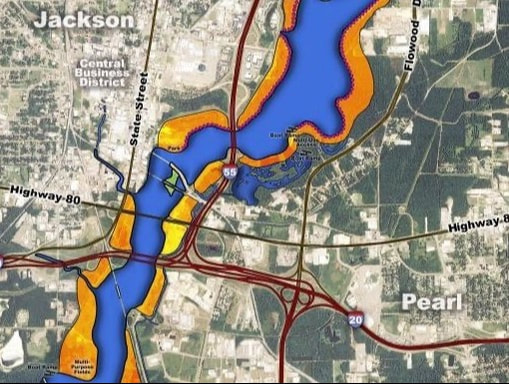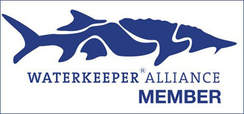|
In late July 2022, the Rankin-Hinds Pearl River Flood and Drainage Control District (Levee Board) transmitted their One Lake Environmental Impact Statement (EIS) document to the Office of the Assistant Secretary of the Army for Civil Works ((ASA(CW)) for the next step in the One Lake project review process. The ASA(CW) and the federal Office of Water Policy Review have 30-45 days to review the document before sending it to other state and federal agencies for another 30-45 day review period. If the document passes these 2 sequential review periods, the document will be published to the Federal Register and available for a 30-45 public comment period. It has not yet been determined if the document would be published as another Draft EIS or as a Final EIS. Public comment could begin as early as October 2022. The US Army Corps of Engineers Headquarters is responsible for preparing final recommendations and conditions based on the state and federal reviews. Many questions remain since the publication of the 2018 One Lake Draft Environmental Impact Statement (DEIS) including:
Pearl Riverkeeper will be looking for the answers to these questions and more upon the release of the next edition of the One Lake Environmental Impact Statement. **The Levee Board never publicly released the 2018 Independent External Peer Review or the 2018 US Army Corps of Engineers Agency Technical Review Summary Report. These 2 documents were obtained via FOIA request and can be viewed here: https://www.pearlriverkeeper.com/one-lake-agency-reviews.html |
AuthorPearl Riverkeeper is a licensed member of the Waterkeeper Alliance, the largest and fastest growing nonprofit solely focused on clean water. Archives
July 2024
Categories |
|
Ready to support our work for Clean Water and Healthy Rivers?
|
|


 RSS Feed
RSS Feed
